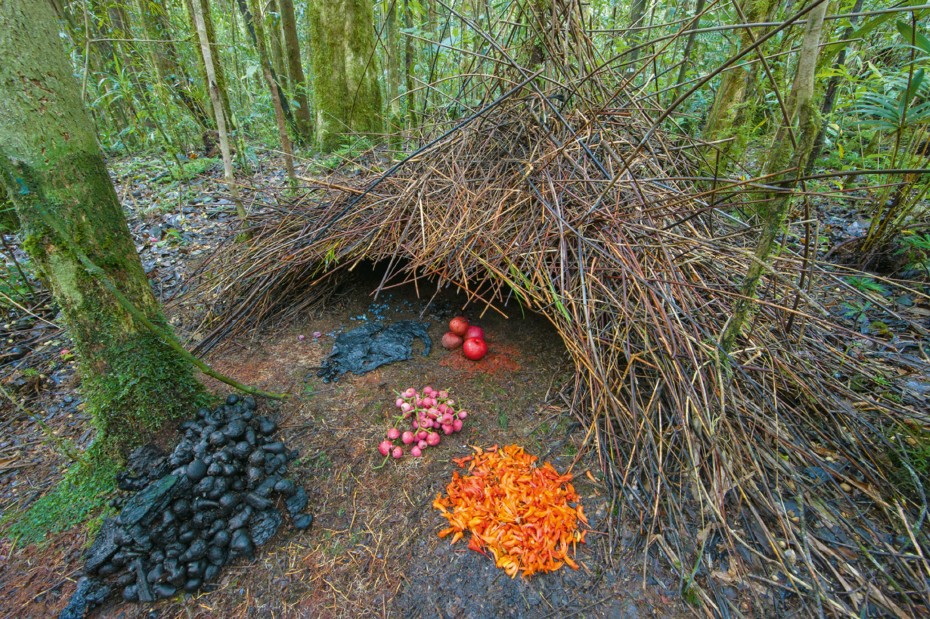Carolina Naturally is read in 198 countries around the world daily.
Blow your horn ... !
Some of our reader today have been in:
The Americas
Mishawaka,
Wasilla, Alachua, Bithlo, Auke Bay, Modesto, Omaha, Tucson, Charlotte,
Cullowhee, Apex, Payson and Sparta, United States
Sao Paulo, Brazil
Downsview,
Byward Market, Ottawa, Sioux Lookout, Pikangikum, Thunder Bay,
Britannia, Montreal, Vancouver and Saint John's, Canada
Caracas and Barquisimeto, Venezuela
Managua and Tipitapa, Nicaragua
Zapopan, Mexico
Luquillo, Puerto Rico
Europe
Kharkiv, Ukraine
Skopje, Macedonia
Surami, Georgia
Ivrea, Due Carrare, Milan and Pescara, Italy
Dartford, Chester, Kent and Gosport, England
Athens, Greece
Magenta, L'ancienne-Lorette, Paris and Lyon, France
Budapest, Hungary
Stavanger, Norway
Adjud and Bucharest, Romania
Malaga, Madrid, Vinaros and Algeciras, Spain
Moscow, Vladivostok, Ryazan and Kazan, Russia
Sarajevo, Bosnia and Herzegovina
Espoo, Finland
Wyszkow, Poland
Kongens Lyngby and Frederiksberg, Denmark
Belgrade, Serbia
Dublin, Ireland
Berlin, Germany
Dubrovnik, Croatia
Asia
Jodhpur,
Kolkata, Bangalore, Thiruvananthpuram, Shillong, Mumbai, Jalandhar,
Suratgarh, Chandigarh, Bhubaneshwar and New Delhi, India
Putrajaya, Kuala Lumpur and Kota Bahru, Malaysia
Colombo, Sri Lanka
Kirtipur, Nepal
Lat Krabang and Bang Rak, Thailand
Tokyo, Japan
Jakarta, Indonesia
Shiraz, Iran
Africa
Pretoria and Cape Town, South Africa
Cairo, Egypt
The Pacific
Makati, Quiapo and Manila, Philippines
Woolloongabba and Sydney, Australia































